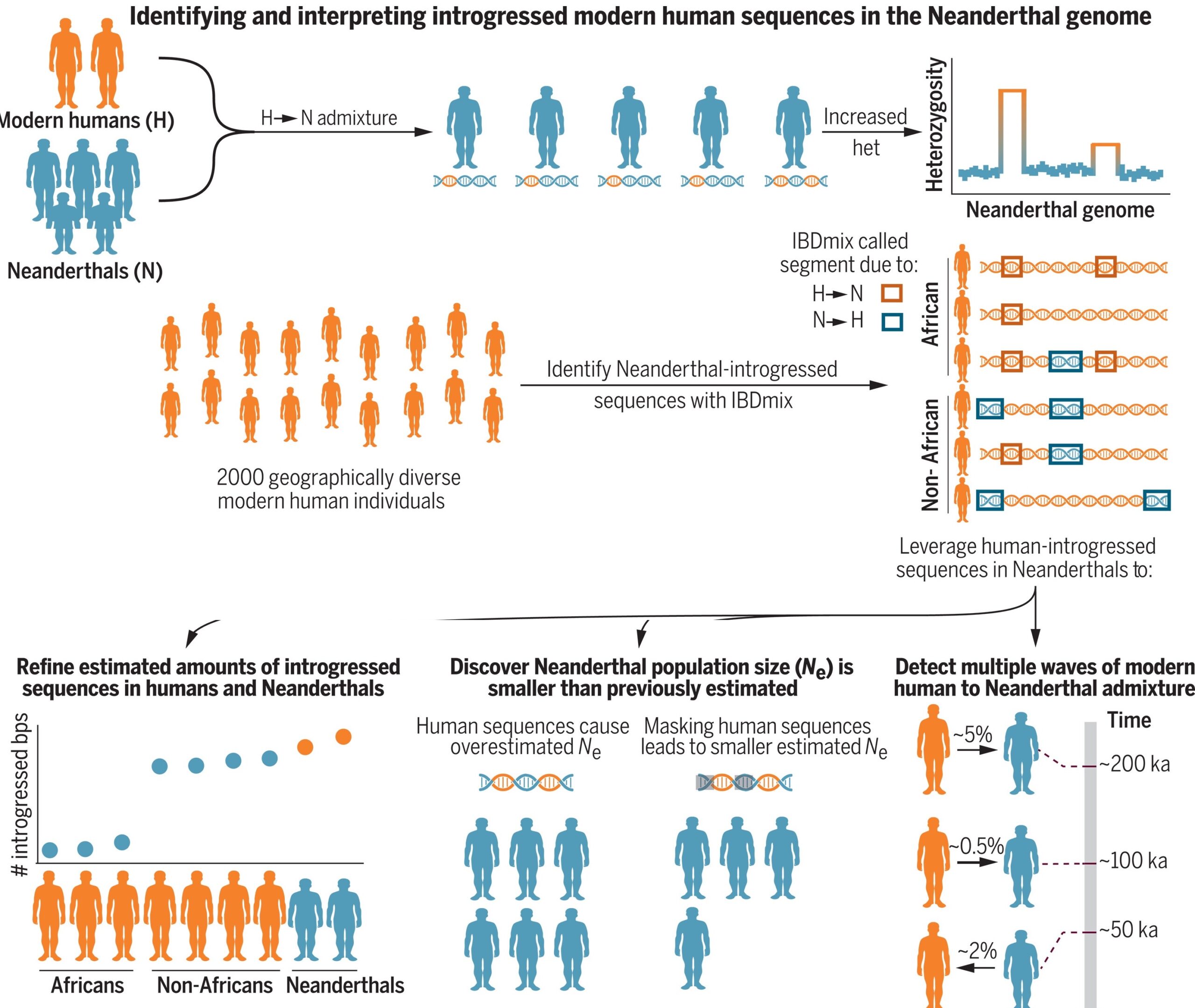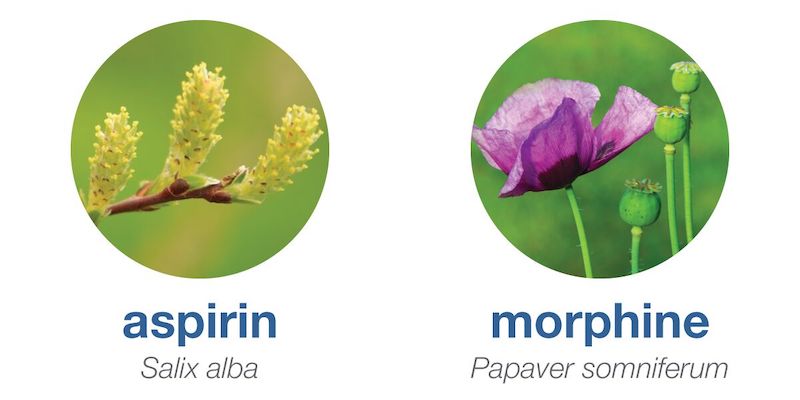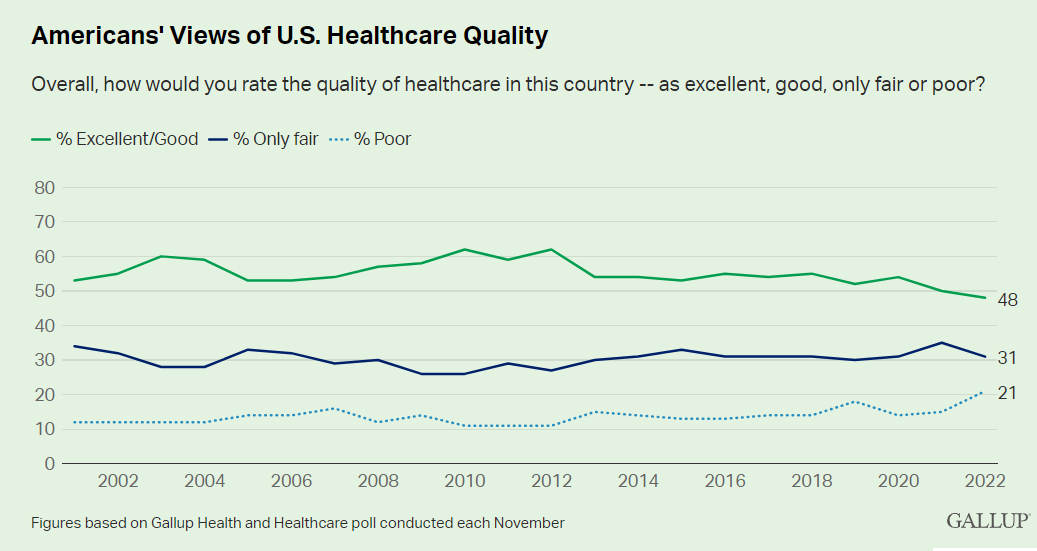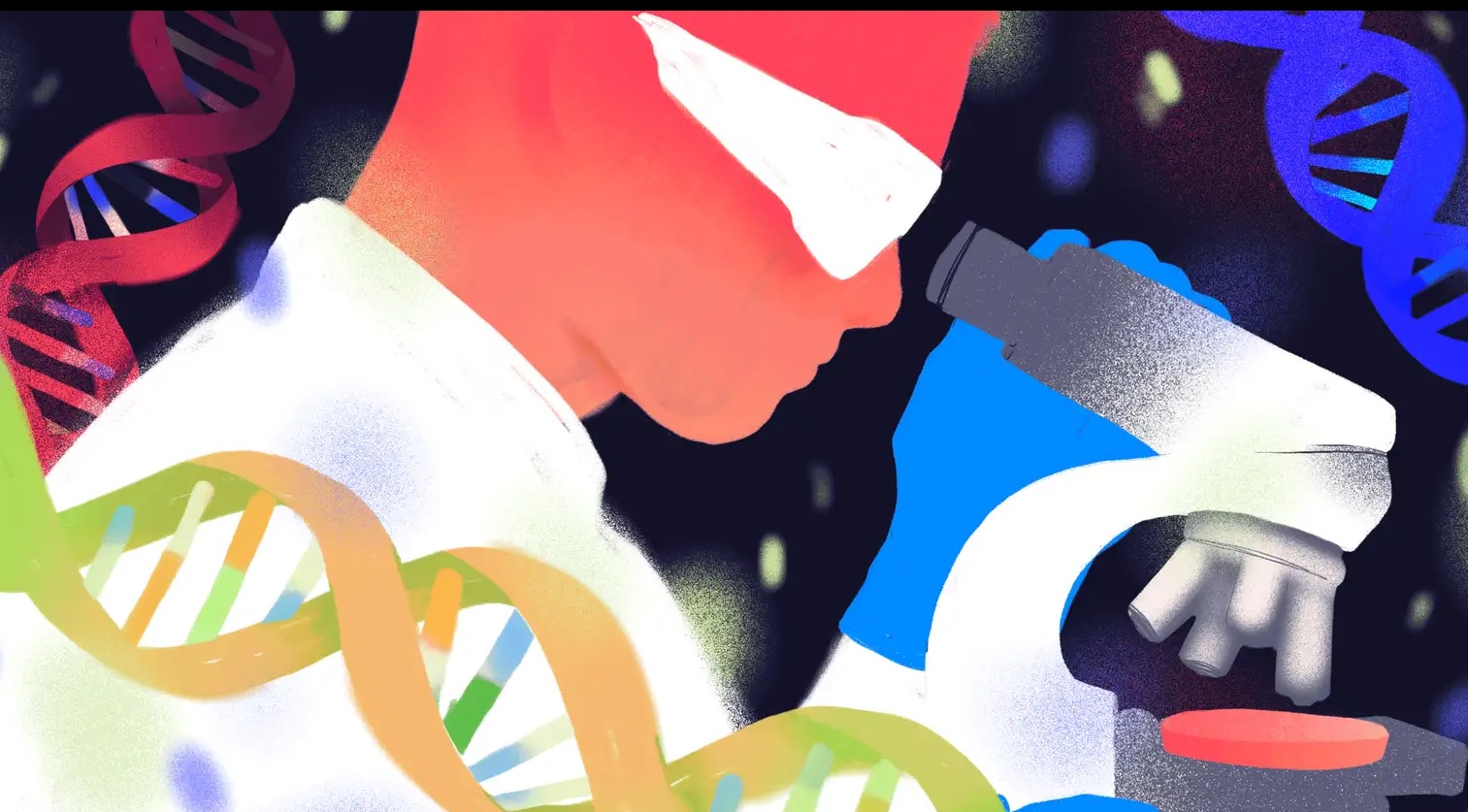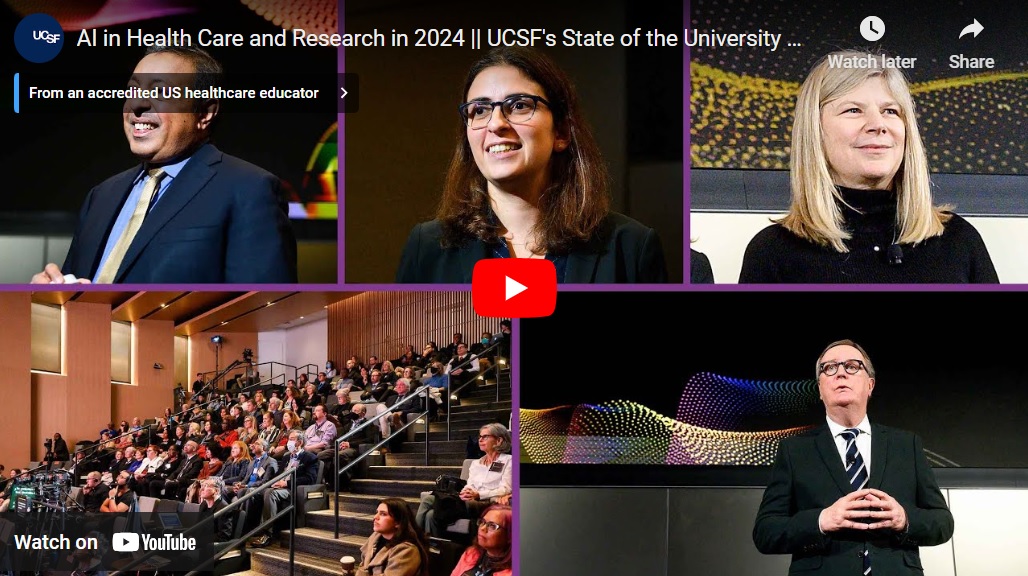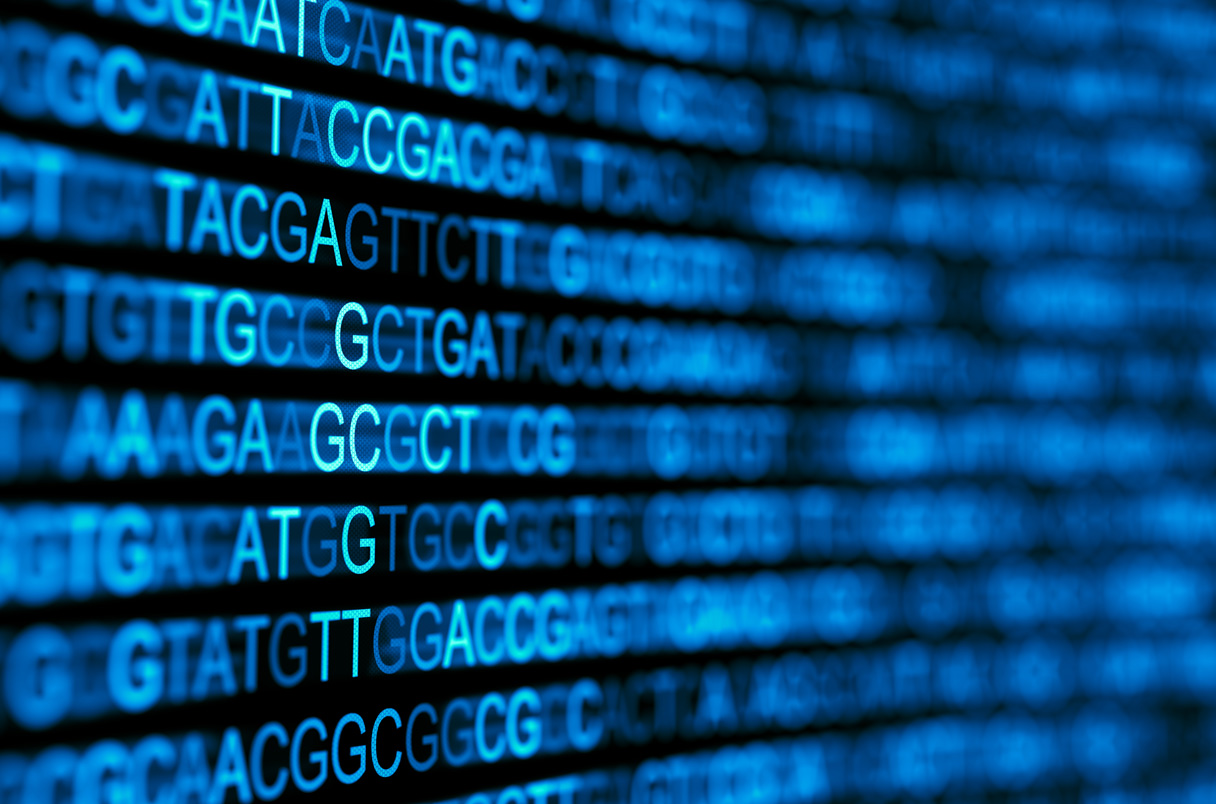Original article published in NIH National Library of Medicine (Structured Abstract) INTRODUCTION For much of modern human history, we were only one of several different groups of hominins that existed. Studies of ancient and modern DNA have shown that admixture occurred multiple times among different hominin[...]
Original article from CNN Editor’s note: CNN Chief Medical Correspondent Dr. Sanjay Gupta is a practicing neurosurgeon and best-selling author on brain health. “The Last Alzheimer’s Patient” premieres on “The Whole Story with Anderson Cooper” on CNN on Sunday, May 19, at 8 p.m. ET/PT and[...]
Article courtesy of Ann Gibbons for Science Here’s another blow to the popular image of Neanderthals as brutish meat eaters: A new study of bacteria collected from Neanderthal teeth shows that our close cousins ate so many roots, nuts, or other starchy foods that they[...]
Article courtesy of Vital Choice Our ancient ancestors emerged from the sea. Human fetuses still have “gill-slit” structures, remnants of our watery origins. The fact that we are small, mobile, thinking seas has long intrigued writers and researchers. As pioneering marine biologist Rachel Carson put it,[...]
Article courtesy of Visual Capitalist Radiation Emissions of Popular Smartphones Smartphones have become an integral part of our everyday lives. From work and school to daily tasks, these handheld devices have brought everything into the palm of our hands. Most people spend 5-6 hours on their[...]
Article originally appeared in Nature. Transplanting human cells into animal brains brings insights into development and disease along with new ethical questions. In a darkened room in a laboratory in London, a group of students and researchers watch a clump of human brain cells settle into[...]
Original article from STAT News Half of the cancer drugs granted expedited approval by the US Food and Drug Administration (FDA) between 2013 and 2017 failed to show clinical benefits for patients in confirmatory trials more than 5 years later, according to a study by Liu[...]
Original article appeared in the NIH National Center for Complementary and Integrative Health Nature has been good to us. Nature gave us aspirin and morphine, and other medicines derived from plants. The use of plants as medicines has a long history in the treatment of disease,[...]
Original article from Gallup ~~ For the first time in Gallup’s two-decade trend, less than half of Americans are complimentary about the quality of U.S. healthcare, with 48% rating it “excellent” or “good.” The slight majority now rate healthcare quality as subpar,[...]
On April 14 2003, scientists announced the end to one of the most remarkable achievements in history: the first (nearly) complete sequencing of a human genome. It was the culmination of a decade-plus endeavor that involved thousands of scientists across the globe. Many people hoped[...]
Original article from UCSF. To watch video, go to youtube. It is clear the next year will be a pivotal one for UCSF’s place in the growth and application of artificial intelligence in health care. Chancellor Sam Hawgood, MBBS, spent a significant portion of his[...]
Original article from the New York Times Katharine Moser chose to find out her genetic destiny in 2005. We revisit her story on her 40th birthday. More than 15 years ago, Katharine Moser became part of the vanguard of genetic testing. While in her early 20s,[...]
Article from The Guardian The word ‘epigenetics’ is everywhere these days, from academic journals and popular science articles to ads touting miracle cures. But what is epigenetics, and why is it so important? Epigenetics is one of the hottest fields in the life sciences. It’s a[...]
From the NIH National Human Genome Research Institute, March 31, 2022 According to researchers, having a complete, gap-free sequence of the roughly 3 billion bases (or “letters”) in our DNA is critical for understanding the full spectrum of human genomic variation and for understanding the genetic[...]
Article courtesy of Science Work challenges popular idea that breeds have specific, reliable behaviorsWhen Kathleen Morrill was 12, she decided she needed a puppy. Not just any puppy—a pint-size papillon with a black button nose and bushy, perky ears. When her parents resisted, “I turned on[...]
Article courtesy of American Specialty Health What’s a Telomere and What’s It Got to Do With Aging? Telomeres are special strands of DNA (deoxyribonucleic acid) that form caps at the ends of chromosomes that live in every cell in the body. They help protect chromosomes from[...]
Article courtesy of Newsweek Scientists have found that two identical twins raised in different countries have a huge IQ difference. A report published in the journal Personality and Individual Differences, assessed the differences between one twin raised in the United States and the other in South[...]
Original article from The Guardian. Move would also lower emissions by reducing razing of trees and methane emissions from livestock, scientists say.Replacing 20% of the world’s beef consumption with microbial protein, such as Quorn, could halve the destruction of the planet’s forests over the next three[...]
Original article from Metro UK and Nature. One romantic tryst in the distant past between a Homo Sapien and a Neanderthal may be to blame for over a million deaths related to the coronavirus. At present, the virus has been responsible for 6.3 million deaths worldwide.[...]
Article courtesy of Science For DNA sequencing, this “is the year of the big shake-up,” says Michael Snyder, a systems biologist at Stanford University. Sequencing is crucial to fields from basic biology to virology to human evolution, and its importance keeps growing. Clinicians are clamoring to[...]
Original article seen in STAT News Jennifer Doudna reflects on the DNA scissors’ first decade n June 28, 2012, a joint press release went out from the U.S. Department of Energy and the Lawrence Berkeley National Laboratory announcing a new paper in Science from an international[...]
Original article from DW A majority of the DNA that has been sequenced for research comes from donors of European ancestry. That causes a knowledge gap about the genome of people from the rest of the world. Among various things that unite humans around the world,[...]
Original article from The Washington Post The no-covid club gets more exclusive every day. And some members have no idea how they’re still there. Joe and Susannah Altman are serious poker players. Sometimes, when they play in tournaments, they’ll place what’s called a “Last Longer” bet[...]
Article courtesy of ArstechnicaFor now, salmon, nuts are not eligible for "healthy" label, but sugary cereals are. The US Food and Drug Administration on Wednesday proposed a long-awaited revision to the definition of the term "healthy" on food packaging—finally scrapping the mind-boggling criteria from the 1990s[...]
Article courtesy of National GeographicScientists have discovered eight key proteins—also found in people—that help keep grizzly bears diabetes free. If a human ate tens of thousands of calories a day, ballooned in size, then barely moved for months, the health outcomes would be catastrophic. Scientists have[...]

